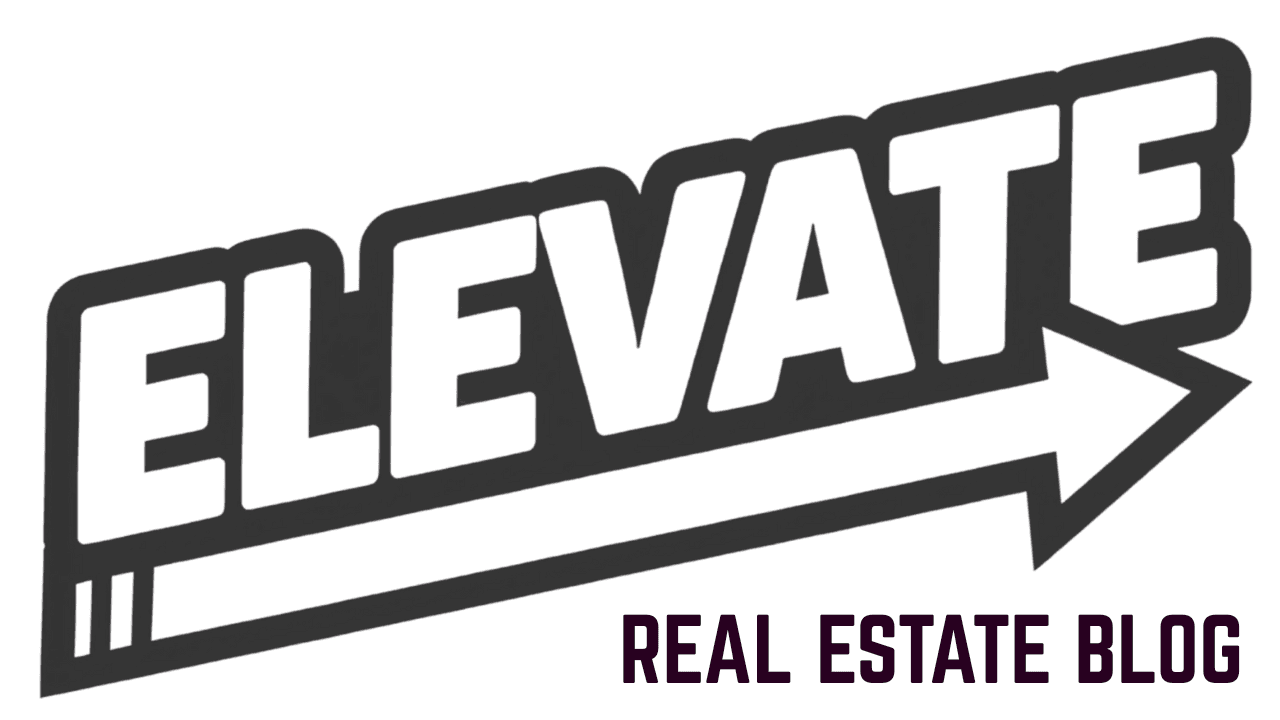Real estate professionals spend significant time traveling between properties, client meetings, and site inspections. AI technology now transforms this travel component into a strategic advantage through intelligent optimization systems that reduce costs, save time, and improve client experiences.
Travel optimization in real estate extends beyond simple route planning. Modern AI systems analyze multiple variables simultaneously: traffic patterns, appointment priorities, client preferences, and property characteristics to create efficient workflows that maximize productivity.
Route Optimization for Property Professionals
Real estate agents face complex scheduling challenges when coordinating multiple property showings, client meetings, and inspections across different locations. Traditional manual planning often results in inefficient routes, wasted time, and increased fuel costs.
AI-powered route optimization systems process property addresses with precise coordinates and calculate optimal visit sequences based on multiple constraints. These systems consider vehicle capacity limitations, time windows for appointments, and custom objectives such as minimizing total travel distance or prioritizing urgent client meetings.
Advanced routing APIs provide real-time traffic updates and generate customized routes based on vehicle types and current road conditions. The technology reduces both travel time and operational costs while improving client satisfaction through more reliable scheduling.

Isochrone mapping capabilities help agents define service areas by calculating which locations can be reached within specific timeframes or distances. This geographic intelligence supports strategic territory planning and helps agents set realistic expectations with clients about appointment availability.
Live tracking systems enable real-time monitoring of agent locations and progress throughout the day. Property managers and team leaders gain visibility into field operations while clients receive accurate arrival time estimates for their appointments.
Virtual Tour Technology and Remote Property Exploration
Virtual tour platforms eliminate geographical barriers between prospects and properties. AI-powered touring systems enable prospects to explore units interactively, access detailed property information, and receive immediate responses from intelligent chatbots.
Virtual staging technology uses AI algorithms to furnish vacant properties digitally. Prospects can visualize spaces according to their style preferences without the cost and logistics of physical staging. This approach particularly benefits properties in different markets where prospects cannot easily visit in person.
Analytics from virtual tour platforms provide valuable market intelligence. Heat maps show geographic data about viewership patterns, helping agents identify high-interest markets and adjust marketing strategies accordingly. Tour completion rates and interaction patterns reveal which property features generate the most engagement.
The emotional connection prospects develop through virtual tours often translates into serious interest before in-person visits. Agents report that prospects who complete virtual tours arrive at physical showings with higher purchase intent and clearer decision-making criteria.
AI Applications in Hospitality Real Estate
Short-term rental properties and hospitality real estate benefit from AI systems that automate operational workflows and optimize guest experiences. These applications directly impact property performance and owner returns.
Guest room assignment systems connect to customer databases and analyze preferences, loyalty status, and historical feedback to make optimal room allocations automatically. This automation reduces staff workload while improving guest satisfaction through personalized experiences.

Predictive maintenance systems analyze data from smart sensors, maintenance logs, and guest feedback to anticipate property needs before problems occur. This proactive approach reduces emergency repair costs and minimizes guest disruptions.
Housekeeping optimization uses AI to analyze staffing levels, guest checkout schedules, and room conditions through computer vision technology. The system creates dynamic task assignments that ensure timely room preparation while maximizing staff efficiency.
Revenue management extends beyond basic pricing to include personalized recommendations for property upgrades, amenities, and local experiences based on guest behavior patterns and preferences.
Dynamic Pricing and Market Intelligence
AI pricing systems for real estate properties process multiple data streams simultaneously: historical booking patterns, seasonal trends, local events, market conditions, and competitor pricing. Machine learning algorithms identify patterns that human analysis might miss.
Demand forecasting models predict occupancy rates and optimal pricing windows based on factors like weather patterns, local event calendars, and economic indicators. Properties can adjust rates automatically to maximize revenue while maintaining competitive positioning.
Market analysis tools track competitor pricing strategies and occupancy rates to identify opportunities for rate optimization. The system can detect when competitors are fully booked and suggest rate increases, or identify periods when lower rates might capture additional market share.

Personalization algorithms analyze guest booking behavior to determine price sensitivity and recommend targeted pricing strategies for different customer segments. Business travelers, leisure guests, and long-term stays often have different price tolerance levels and booking patterns.
Integration with Modern Real Estate Technology
Effective travel optimization requires integration with existing real estate technology systems. Modern platforms combine route optimization, client management, and property data into unified workflows.
PWRU's Pulse Intelligence demonstrates this integrated approach by analyzing agent performance data alongside travel patterns and client interactions. The system identifies opportunities to improve efficiency through better scheduling, route planning, and client prioritization strategies.
Data integration allows AI systems to consider client preferences, property characteristics, and market conditions when optimizing travel plans. An agent showing luxury properties might prioritize longer appointment windows and more flexible scheduling, while high-volume agents need tighter time management and efficient route sequences.
Mobile accessibility ensures agents can access optimized schedules, receive real-time updates, and communicate with clients while traveling between appointments. Cloud-based systems synchronize data across devices and team members for coordinated operations.
Implementation Strategy for Real Estate Teams
Successful AI travel optimization requires systematic implementation that considers existing workflows and team capabilities. Start with route optimization for high-activity agents who spend significant time traveling between properties.
Establish baseline metrics for current travel patterns: average time between appointments, fuel costs, client satisfaction scores, and daily appointment capacity. These measurements provide comparison points for evaluating AI system performance.
Training programs should focus on practical application rather than technical details. Agents need to understand how to input accurate property information, set appropriate time constraints, and interpret system recommendations effectively.

Integration with existing CRM and scheduling systems prevents data silos and ensures consistent client information across platforms. API connections enable automatic synchronization between travel optimization tools and property management systems.
Measuring Results and Continuous Improvement
AI travel optimization generates measurable improvements in key performance indicators. Track metrics like average travel time per appointment, fuel cost per transaction, daily appointment capacity, and client satisfaction ratings.
Geographic analysis reveals patterns in successful territory management and identifies opportunities for market expansion. Heat maps showing client distribution and appointment density help optimize service area boundaries.
Cost analysis should include both direct savings (fuel, vehicle maintenance) and productivity gains (additional appointments per day, reduced scheduling overhead). These metrics justify system investments and guide expansion decisions.
Client feedback provides qualitative insights into service improvements. Prospects and clients notice more reliable scheduling, reduced wait times, and better communication about appointment logistics.
Ready to optimize your real estate travel and boost productivity? Discover how PWRU's intelligent systems can transform your daily operations and client experiences. Get started with Pulse Intelligence and see the difference AI optimization makes for your business.





